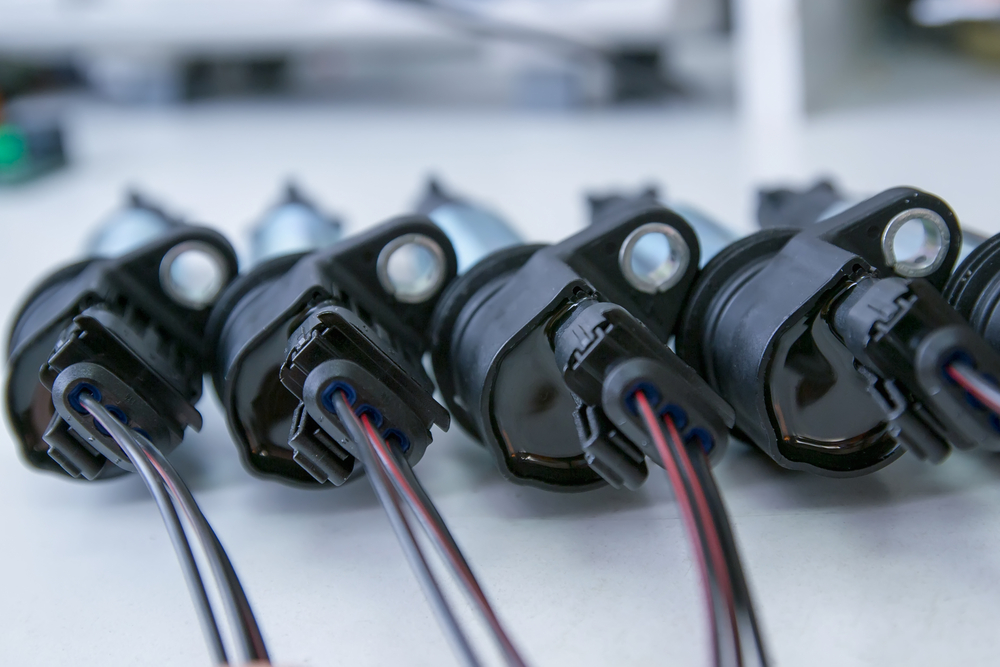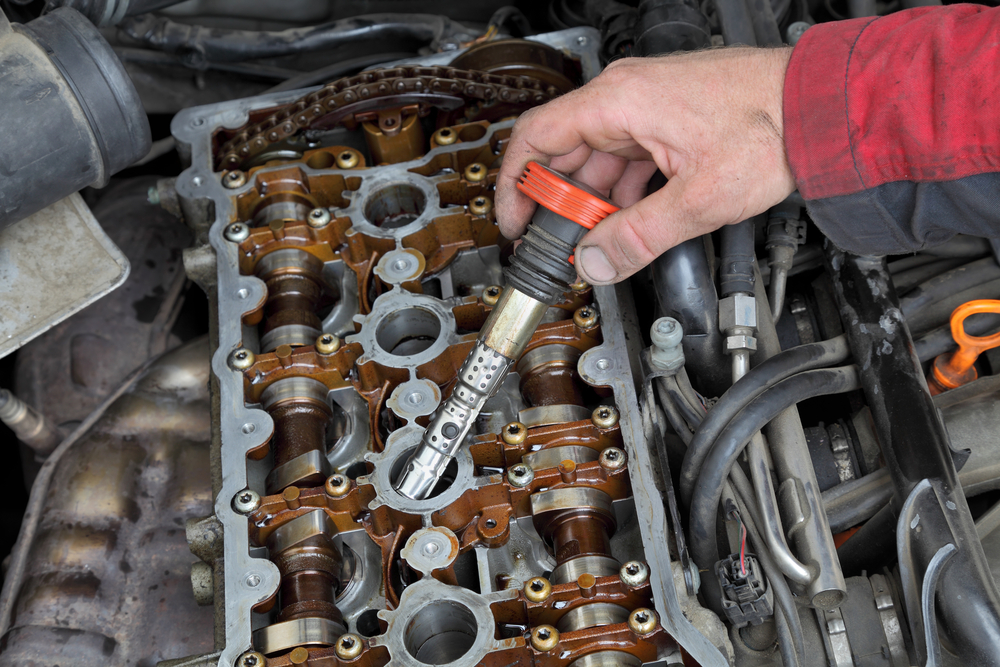What are the signs of a bad coil pack?
There are quite a few indications that can alert you regarding problems with the coils. There are a few steps you can take to understand if the problem is with the ignition coil, coil pack, or another component of the car. Test the coils with a multimeter first. Ignition coils retrieve energy from the battery, which is usually at least 12 volts. The coils then convert the energy to a higher voltage, of at least 50,000 volts, in order to create a spark. The energy then moves via the distributor to the spark plugs, which then lights up the fuel. Some vehicles have just a couple of ignition coils to power the spark plugs, while other models use one ignition coil per plug. You have to remove all the coils and then have a multimeter and tool kit handy. Take a look at the signs:
Backfiring
Is your vehicle backfiring? If yes, you are bound to notice it is happening. There will be a loud sound and shaking noise to alert you that something is wrong with the car. A strong blast, your car lurching forward, and black smoke coming out - it is tough to ignore those signs. The check light might get switched on, while you could smell gasoline leaking from the car as well. These issues occur due to low fuel pressure too, but most of the time it is because of fault ignition coils that affect the timing of when the spark plugs ignite, which causes misfiring and bad timing.
Engine getting stalled
Does your engine abruptly stop and start for no reason? It becomes very annoying and frustrating to drive if this happens, and can compromise your safety on the road too. If one or more of your ignition coils under the hood begins to fail, this can cause the car to stall. Te coils generate irregular sparks which send out an uneven electrical charge to spark plugs. It prevents the engine from running properly. Ignition coils can pose serious problems if the vehicle has a one-per-plug system instead of a wasted spark system. The car can still run if some of the ignition coils are malfunctioning, but starting it won't be easy or smooth.
Poor fuel economy
If the ignition coil doesn't transmit sufficient energy to spark plugs, the vehicle has to burn and utilize extra fuel. It is the only way the vehicle can be kept running. But burning extra and residual fuel results in poor gas mileage and lower fuel economy! Make sure you are aware about the amount of miles per gallon the car can generally drive, before taking it on a short test drive. If you don't know the number of miles per gallon, check your dashboard for the odometer and calculate the miles you have driven, and the average miles per gallon you typically receive.
Occasional idling
If the car is idling unexpectedly, it could mean you have faulty ignition coils or coil pack. Moreover, the car has less power while running, which is a clear indication that something, is wrong with the ignition system.
How to test the ignition coils?
Set up the vehicle
Make sure the vehicle has cooled down from any driving or idling, and then switch the emergency brake on. Open the hood and disconnect the negative battery cable attached to the battery end terminal.
Remove ignition coils
Search near or on the engine for the coil pack. Disconnect the mounting bolts that are stabilizing the ignition coils, and then remove each coil from the engine area.
Check primary winding
Primary winding is made of heavy wire and gets direct energy from the battery. Connect the positive and negative leads of the multimeter to the proper terminals on the ignition coil. Each terminal is marked with symbols corresponding to positive and negative leads, such as a plus and minus sign. Check the owner's manual for more reference. Note the reading on the multimeter and compare this number to the resistance needed for the primary winding. If the reading is outside as of the normal range, you have to replace the resistance coil. In case the reading is zero, the coil could have shorted out internally. But if the reading is very high, it means the coil is open. The coil is in working condition if the reading is open.
Check secondary winding
Thinner than the primary winding, it wraps around the coil numerous times and gets energy fro the primary, which is transmitted to the spark plugs. Connect the correct multimeter leads to the positive terminal and center pole. If the reading is outside the correct range for optimal performance, you need to replace the ignition coil.
Resolve each issue
Does your vehicle have multiple ignition coils? If yes, remove and test each one separately, take note of the readings using a multimeter, and then reinstall or replace each one as required.
Don't forget to check the spark plugs
Since the ignition coils fail due to faulty spark plugs, you should take a peek at the condition of the spark plugs as well. Bad spark plugs can overload the ignition coils and overwork them. If you don't solve the spark plug issue, the coils are most likely to fail again.
Fixing the ignition coil means you have to shell out some cash. However, if you are thinking that it is probably time to get a new car, you can try your luck at WorldCarHub.com. They export cars from Dubai and offer you a wide range of choices, so you can purchase according to your budget and preferences.


